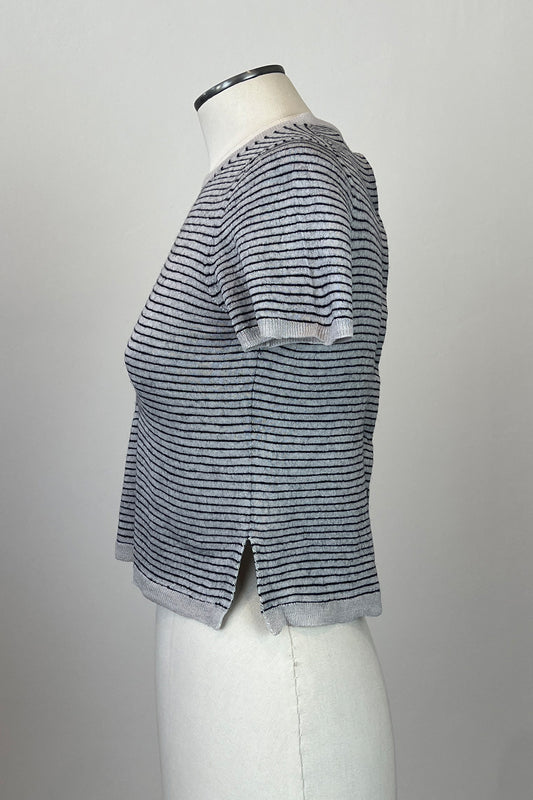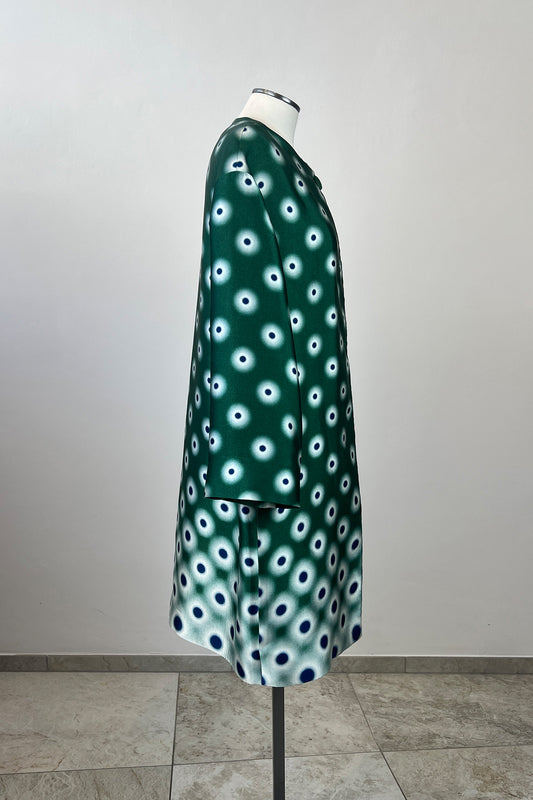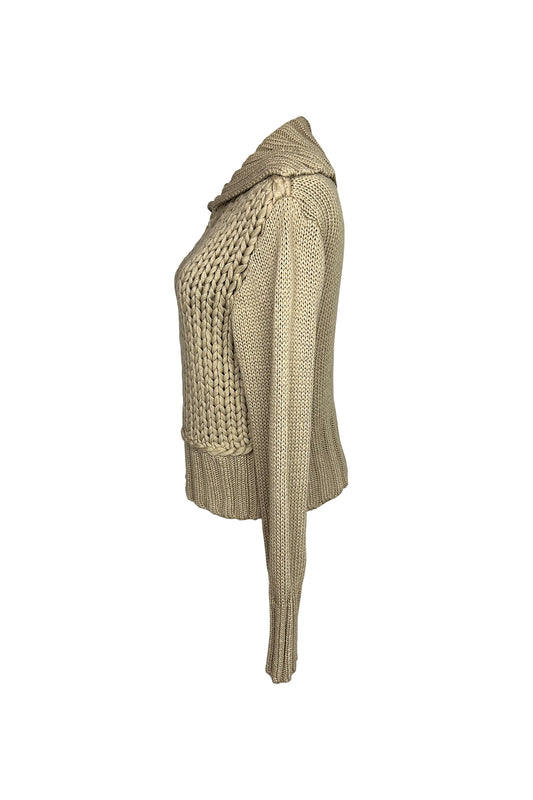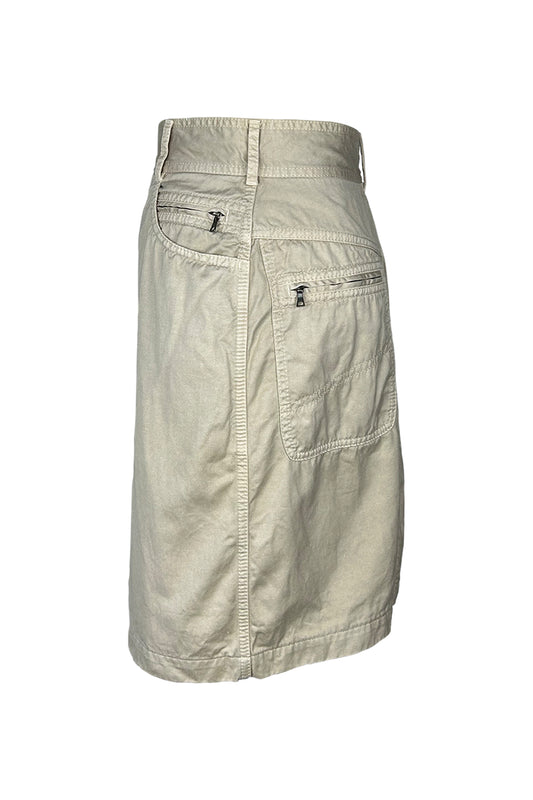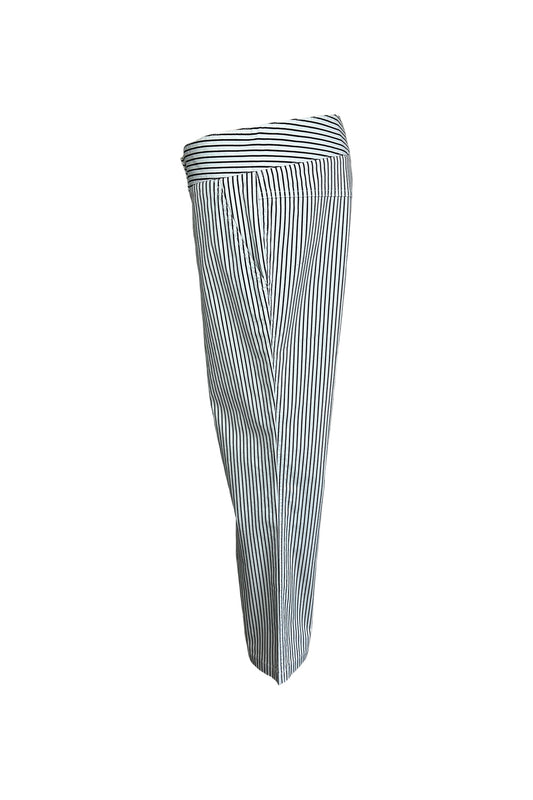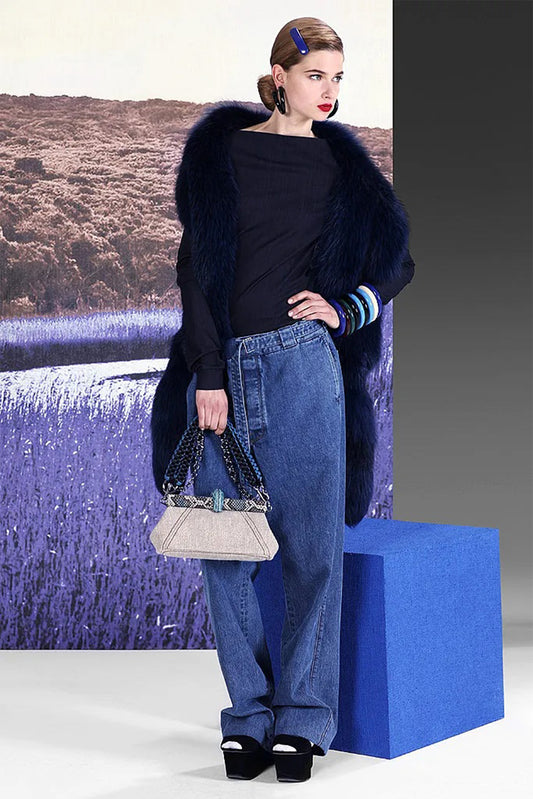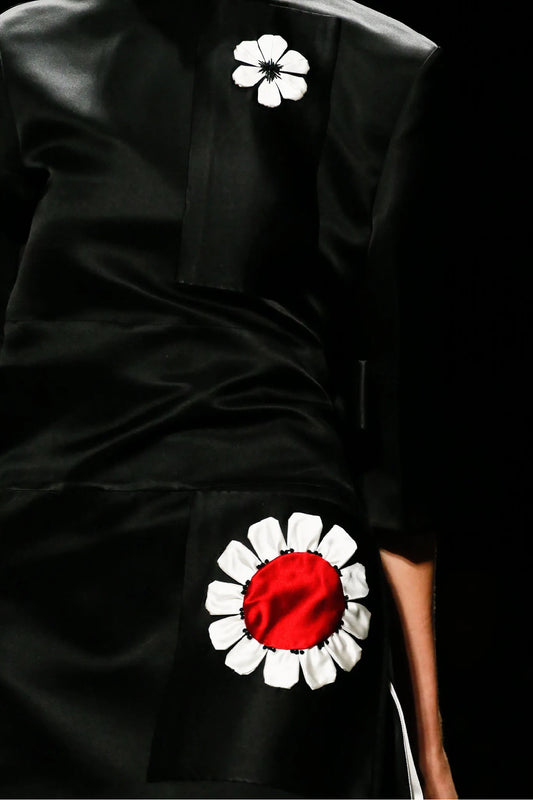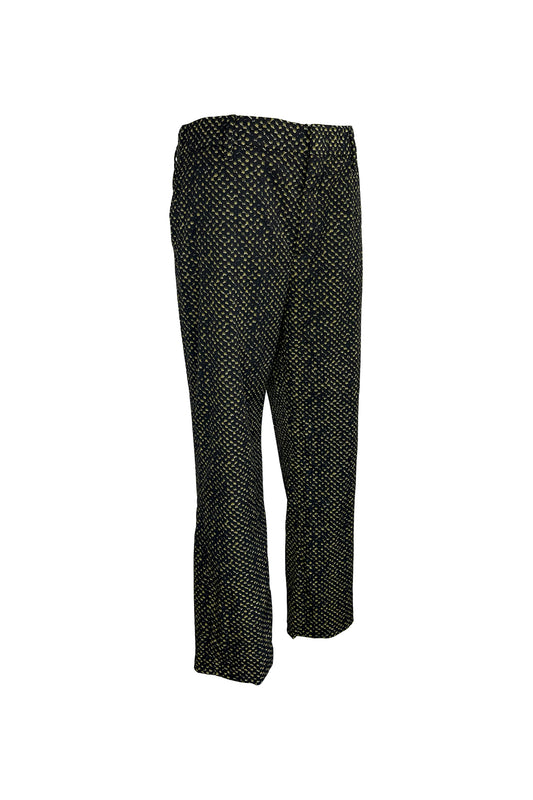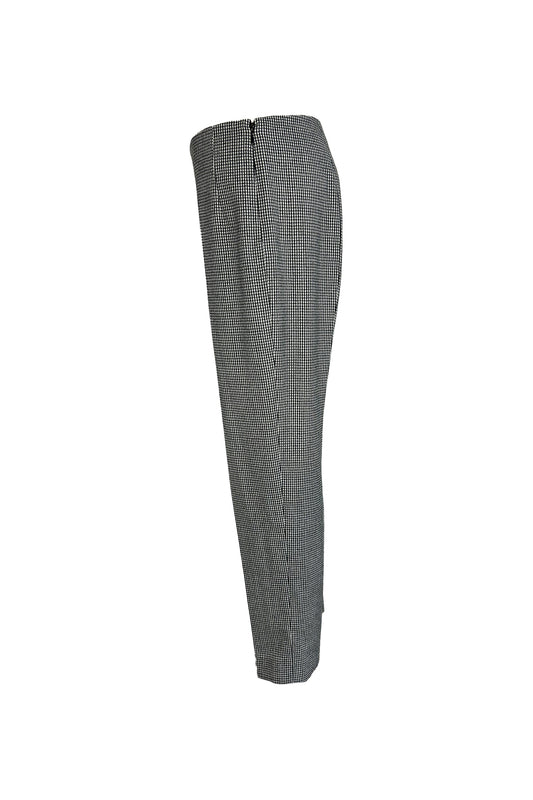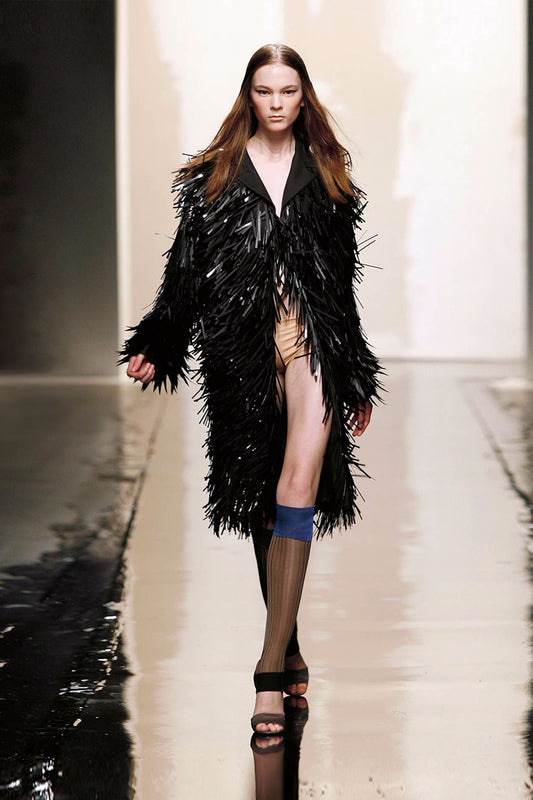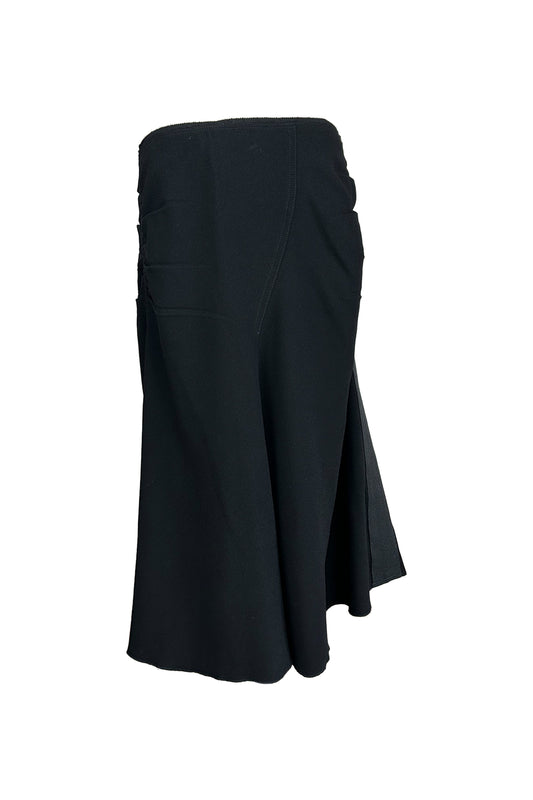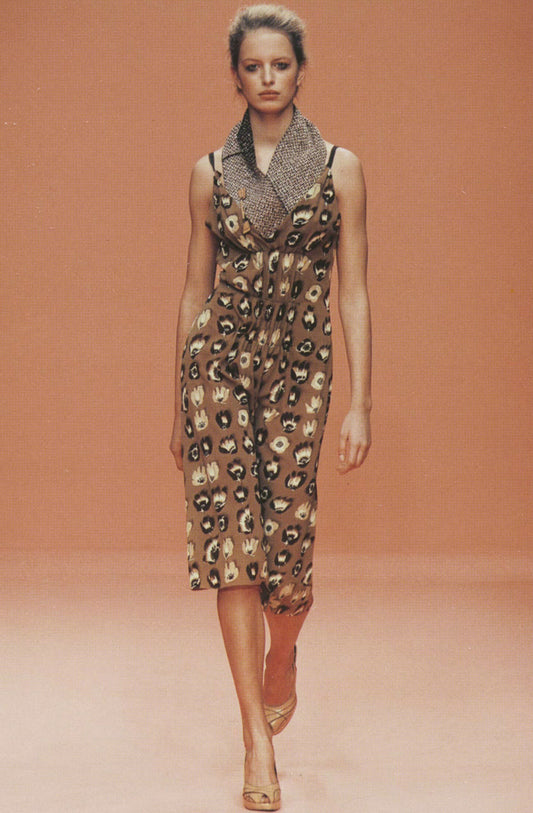Collection: PRADA
‘Miuccia Prada … can rightly be described as “the mistress of us all”. No other creator has the same ability to distil the essence of what is modern, sampling the cultural heritage, anchoring shifting society and making it all seem relevant.’
- Suzy Menkes in the International Herald Tribune, Februari 2006
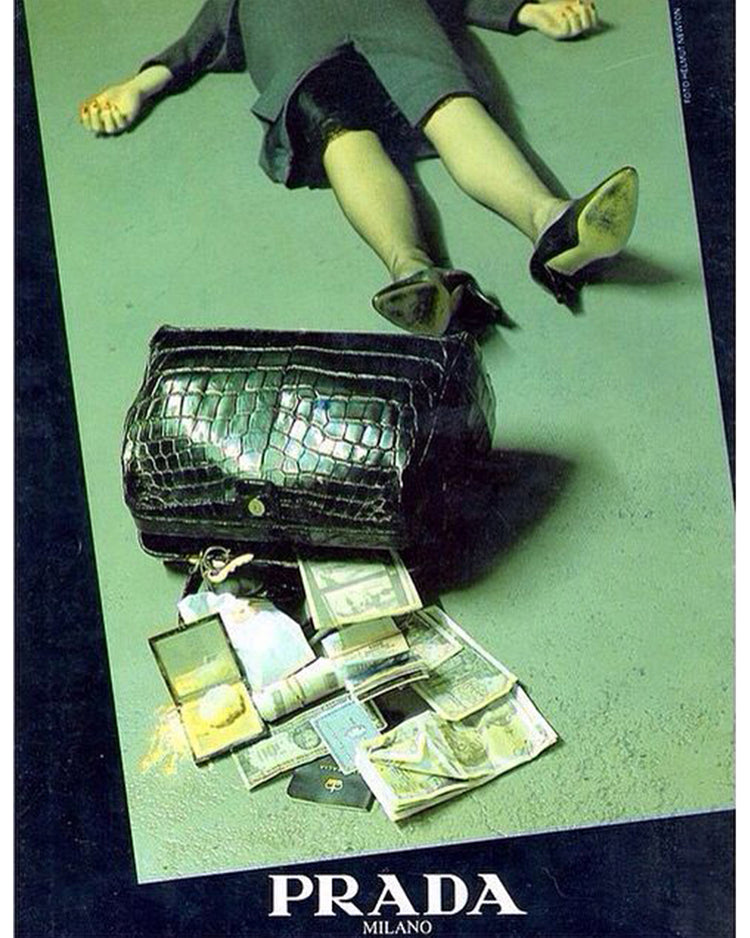
-
2000S PRADA STRIPED CROPPED TOP
Regular price €155,00 EURRegular priceUnit price / per -
2010S PRADA COAT ABSTRACT PRINT
Regular price €380,00 EURRegular priceUnit price / per -
PRADA LINEA ROSSA 2000S BIG KNIT CARDIGAN
Regular price €155,00 EURRegular priceUnit price / per -
PRADA 2000S SAFARI SKIRT
Regular price €150,00 EURRegular priceUnit price / per -
PRADA LINEA ROSSA 2000S STRIPED TROUSERS
Regular price €150,00 EURRegular priceUnit price / per -
PRADA CRUISE 2011 NATURAL INDIGO LYOCELL TROUSERS
Regular price €220,00 EURRegular priceUnit price / per -
PRADA S/S 2013 TOP BLACK
Regular price €190,00 EURRegular priceUnit price / per -
PRADA 1990S ANKLE TROUSERS WITH YELLOW SCREEN PRINT
Regular price €220,00 EURRegular priceUnit price / per -
PRADA 1990S SHEPHERD'S CHECK TROUSERS
Regular price €220,00 EURRegular priceUnit price / per -
PRADA F/W 2007 SUEDE HEELS
Regular price €260,00 EURRegular priceUnit price / per -
PRADA 2000S PLEATED MERMAID SKIRT
Regular price €180,00 EURRegular priceUnit price / per -
PRADA F/W 2000 FLOWER SKIRT
Regular price €220,00 EURRegular priceUnit price / per
Miuccia Prada (1948) is considered one of the most influential and innovative designers of her generation. With a background in political science, she was a member of the Unione Donne Italiane (Union of Italian Women) and an advocate of women's rights in the second feminist wave. The interest in women’s roles, politics, history and suffrage has been a constant source of inspiration throughout her design legacy. ‘Women have more facets’ she said backstage after the showing of her Autumn/Winter 2016 collection. ‘We are so much more complex. We are lovers, mothers, workers.’
Prada has an aesthetic that thrives on contrast and even contradiction. Her early life has shaped her interest in conservatism and convention. On one hand she embraces it, and on the other she tries to challenge and provoke these very codes of conduct as much as possible. She often moves alongside the zeitgeist, if not ahead of it. There is no one look that identifies the brand, as Prada continuously jumps from one idea to another, thereby forcing the rest of the fashion world to keep up with her. She is always launching powerful and unpredictable trends, with authenticity, emotional content and multi-layered and complex references. In 1975 she took over the family business, a leather goods company founded in 1913 by her grandfather Mario and his brother. Together with her husband and business partner Patrizio Bertelli, she transformed the family business into a fashion ready-to-wear powerhouse.
The Prada revolution started in 1984 when Miuccia designed a backpack in Pocono, a high-tech nylon traditionally used for military parachutes and tents. It was an unusual choice of fabric, and with that she challenged the ideas of what was considered as luxury. In 1988 Prada launched her first women’s ready-to-wear line, followed by menswear in 1995. She gained notoriety after her spring/summer 1996 collection , which was dubbed ‘ugly chic’ by the press. Prada was interested in elevating the banal, and her designs consisted of a hybrid of Art Deco meets vintage American Formica prints in sludge colours. Prada states that she deliberately designs ‘ugly’ things: ‘... In the end, if you always do only what you like, it becomes boring, you don’t grow, you don’t learn anything new. That is why I introduce the “bad”...’ From there she grew, and moved towards a ‘sincere chic’ aesthetic. In her later collections, she focused on modernising embellishments and reinventing conventional expressions of beauty.


